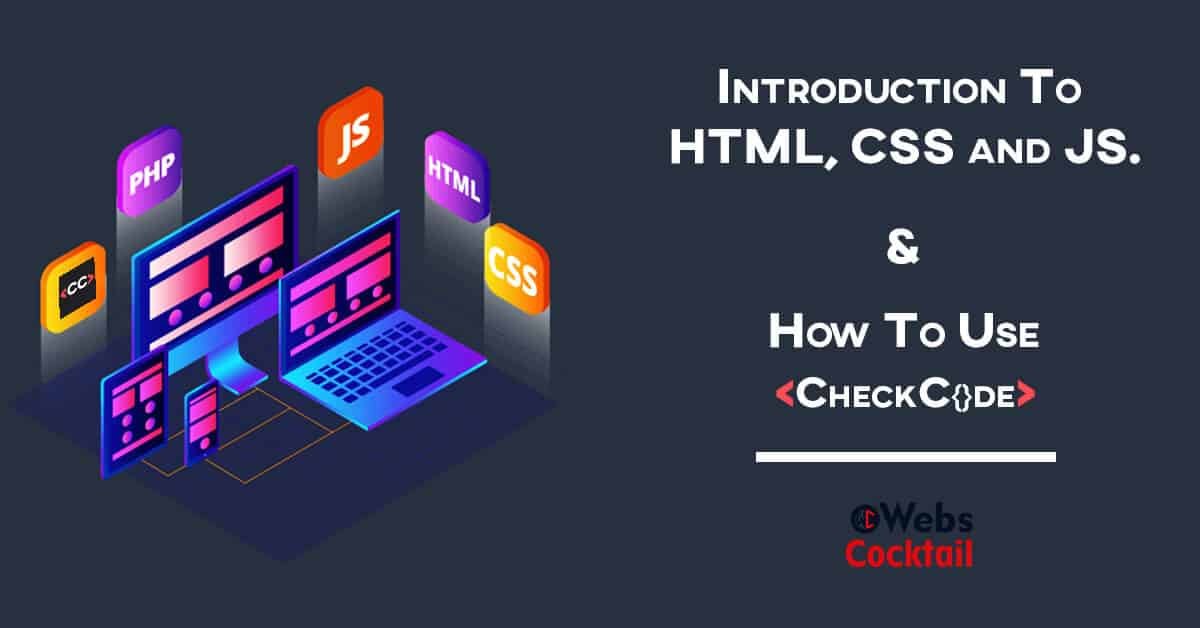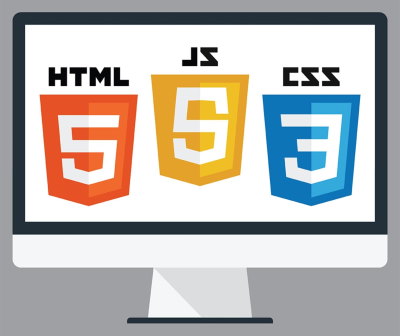


I added an event listener on the global window object to listen to any mouse movement. Window.addEventListener('mousemove', moveCursor) Now how do I use CSS to customize a mouse cursor? To use this, you just have to tell CSS what image you intend to use and point the cursor property to the image URL using the url value. A visual representation of all the CSS cursors.įrom the above code snippet and from the results, you can see and test out different mouse cursors that CSS has by hovering your mouse cursor on each of those boxes containing the name of each CSS cursor property value. While most developers just use a few important ones, there are more we should look at.

Yes, that property is what gives us the power to make a custom cursor of our choice.īefore we go to a practical example, let's look at the values associated with the CSS cursor property. All we need to do is identify this property and use it.Īs Frontend Engineers we use this property often – it is none other than the almighty cursor property. This article is beginner-friendly, but to understand some concepts you should have basic knowledge of:Ĭustomizing a mouse cursor with CSS is pretty simple, as CSS already has a property to handle this. Then you be will ready to vamp up your website with different creative cursors to keep your audience engaged. By the end of this article you will learn how to make these cursors with two different methods, using CSS and JavaScript. In this article, I will be explaining how to make a custom mouse cursor. So I started to do some research and I found out how it is done. This can really improve user experience, and lately I've been wondering how it works. Have you ever visited a website and been totally blown away by its amazing features? One of them might be a cool mouse cursor that is different from the regular arrow or pointer cursors you are used to.


 0 kommentar(er)
0 kommentar(er)
